Encaustic: Using A Torch
As you apply layers of encaustic paint to your support you will need to fuse (or re-heat) each and every layer to ensure it adheres to your ground or substrate. Heat guns and torches are great tools for fusing encaustic. They each have their own benefits, but for the purpose of this newsletter we will be focusing on fusing with a butane torch.
Torches are lightweight and allow you to cover a sizeable area quickly. This is especially helpful if you are working large scale. Two common torch head brands are the Iwatani - Professional Cooking Torch and the Bernzomatic TS1500. These are portable, lightweight, and since they use a butane canister, no need to plug-in. These torches have a head with an adjustable flame to allow for a gentle fuse for some applications (such as accretion). There are also some techniques you'll want to save for your heat gun, such as collaging thin papers.
When using a torch, we suggest moving back and forth across your painting. Keeping the torch moving at all times to avoid overheating an area. One common mistake, is leaving the torch in one area for too long. Core Instructor Leslie Giuliani says, "Let fusing be as sensitive a decision as a brush stroke."
If you are new to encaustic, Core Instructor Lisa Pressman recommends starting with a heat gun and working with an experienced teacher to show you how to control the adjustable oxygen and gas level on the torch head. Lisa also recommends working on a metal table or a heat resistant surface designed to handle the heat from the flame. You'll find more information about studio setup - here.


